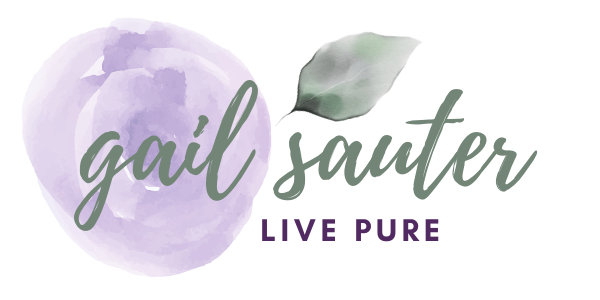In a nutshell, foods we eat are all classified as either acid forming or alkaline forming. Our bodies are constantly working hard, striving to maintain a neutral pH balance (7.35). Based on the sub-par Standard American Diet most of us mindlessly consume, this is no small task! Collectively we are much too acidic. Why should we care? Because the way our bodies compensate is by leaching the alkalizing nutrients we so desperately need from our organs and bones if they are not obtained from our diets. This taxing process depletes us and results in less than optimal health – bone mineral loss and potentially osteoporosis.
An acidic body is susceptible to bacteria, infections, inflammation and eventually, disease (including cancer). An alkaline body is very energetic, vibrant, and free of disease. How would you like more youthful skin, more restful sleep, extra energy, better digestion, less sick days, and mental clarity? Yes, please!
So now you are thinking: what the heck do I do about this? The answer is simple, really! First, eat more alkalizing foods and less acidic ones! Second, learn a few stress busting tactics that will help you to really chill out every now and then.
Newsflash – leading an alkaline lifestyle is not difficult! As a rule of thumb, about 80 percent of the food you consume should be alkalizing and twenty percent acidic. Of the 80 percent, most should consist of plant based, nutrient dense foods – like veggies; either raw, slightly cooked, juiced or blended. Low sugar fruits are key as well. Berries, grapefruit, lemon, lime and kiwi all qualify. In addition, down lots of water – 3 to 4 liters per day. The more we hydrate, the more toxins we flush away. A tasty, easy addition is starting your day with a mug of alkaline-forming fresh lemon juice and warm water.
What foods should we steer clear of or at least cut back? The worst offender would be refined sugar. Others include processed foods, refined carbs, meat. dairy, tobacco and exessive amounts of alcohol. How do we know if we are becoming too acidic? Your body will send you signals that there is an imbalance: a runny nose, gastritis, ulcers, weak nails, dull thinning hair, a breakout, a run down feeling, dry skin, hives, leg cramps. Mindfully tune in and you’ll know when you need to make an adjustment. To determine yoru actual pH, test your body fluids (saliva or urine) using litmus paper strips purchased from your local health food store
Stressing less can also bring the body into balance. Easy ideas to de-stress include belly breathing exercises, beginning a mediation practice (even 5 minutes a day is a great start!) restorative yoga or a soak in a steamy epsom salt and lavender oil bath. FIgure out what works best for you, incorporate into your daily routine and watch your health improve.
